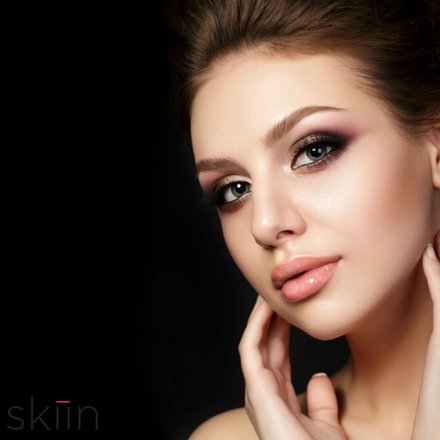COVID - 19 | Message from SKIIN. Read More. | Virtual consulting Available

*If you’re a skin care lover like us, you probably have a vast array of products in your bathroom – cleansers, toners, serums, masks, the list goes on. But, are you using them correctly? We rely on an variety of ingredients in different formulas to help us achieve healthy, glowing skin. We know layering products achieves fantastic results, some mixed together can do more harm than good. Some ingredients, when layered together, can cancel each other out or cause a reaction in the skin.
Retinol & Benzoyl Peroxide
Whilst this may seem a good idea as both ingredients help to fight acne and break outs, retinol stimulates cell production and can leave the skin extra sensitive. Benzoyl peroxide works by drying the skin, which causes double the irritation in tandem with retinol. This mix can result in inflamed and irritated skin.
Retinol & Glycolic Acid
Prescription retinoids, like Retin-A, and glycolic acid are both proven to be very effective anti-ageing ingredients, but in this case two is not better than one. Drying and peeling is common, until your skin gets used to the retinoid. When this dryness occurs, it causes small, superficial cracks in the skin, which allow moisture to escape more easily, and irritants to get into the skin more readily. Glycolic Acid has a lower pH than the skin has and this damaged protective barrier is exacerbated when it has a prescribed retinol applied, resulting in a mild burn similar to a chemical burn. HOT TIP: Use them in conjunction, just on different evenings.
Cleansing Oils & Treatment Serums
In this case, there’s no danger of over treating the skin. Cleansing oils are fantastic for removing dirt, makeup and oil without stripping or dying out the skin but they leave a barrier, which could block out all the products you use afterwards. Any active ingredients, such as Vitamin C, applied after may not be able to effectively penetrate the skin. HOT TIP: Use your cleansing oil when you’re not using a serum, ie. if you don’t use your serums in the morning this is when you should use your oil.
Vitamin C & Acids
This includes lactic, glycolic, salicylic, malic or tartaric acid. These AHAs and BHAs lower the pH of your skin, and dissolve surface dry skin cells. Adding your own vitamin C to an acid might mean that the ratio of C to acid will cause redness and peeling.
Foundation & SPF
Whilst this may be a tempting timesaver, it’s not advised. It’s not a good idea to mix the two together as you are not getting the full effect of the SPF. By adding foundation to the SPF you are changing it’s formula. HOT TIP: Layer the foundation on top of the SPF, making sure you give the SPF to settle and dry before applying the foundation.
* Disclaimer : The content of the SKIIN Clinic web site, such as text, graphics, images, and information obtained from third parties, are for informational purposes only. Results from series of treatments performed may vary from a person to another. It is recommended to consult our qualified doctors, nurses or skin therapist prior to performing a treatment.






